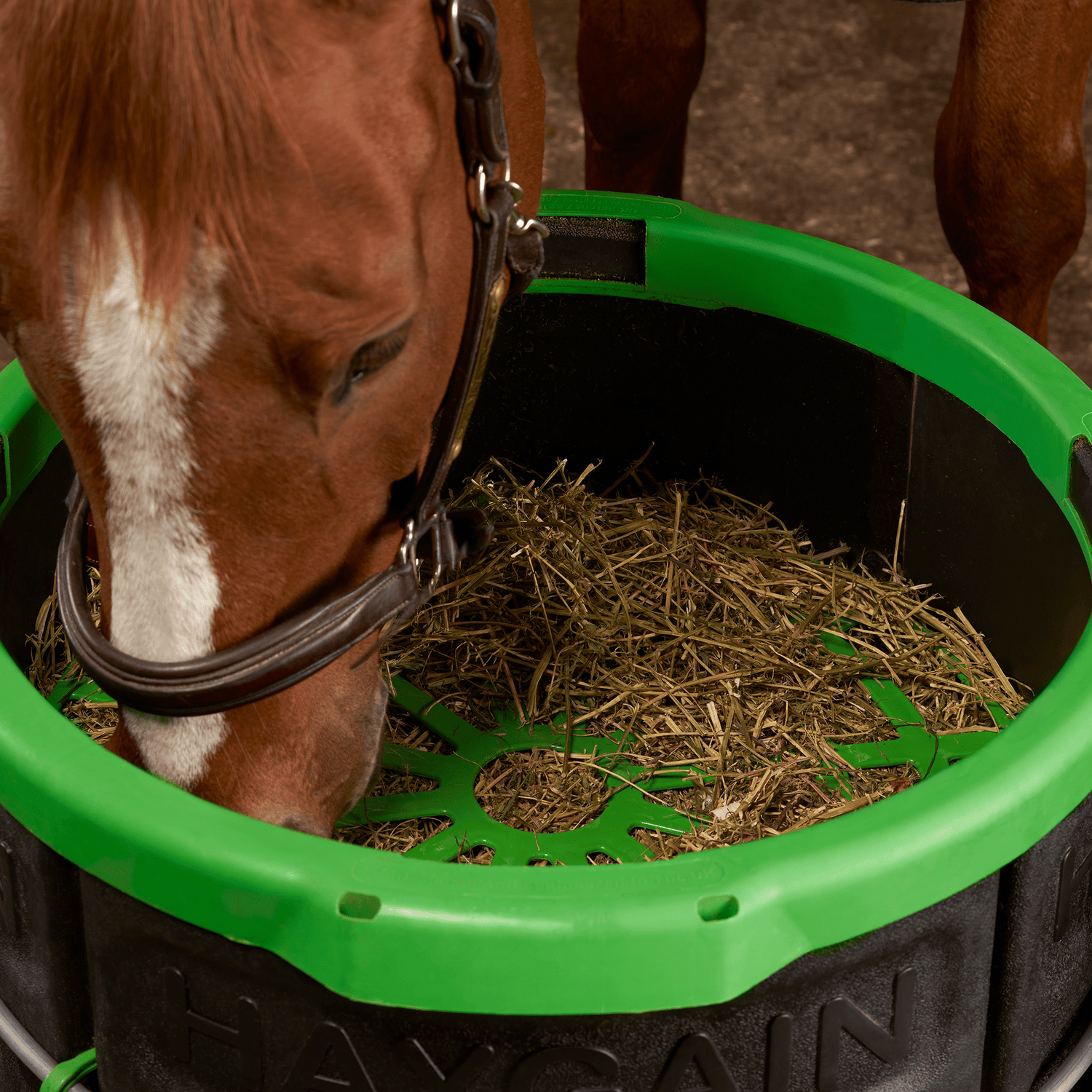Heaves
Also known as Severe Equine Asthma

Heaves
Heaves gets its name from the visible and heartbreaking effort needed to exhale when a
horse’s airways are badly inflamed. Horses who suffer heaves for a long time develop“heave lines”– a line of abdominal muscle built up from the effort to exhale. Left untreated, heaves can cause remodeling of the smooth muscles lining the respiratory tract.These muscles can thicken and lose their elasticity.It can cause a vicious cycle of hyperreactivity to inhaled particles that are virtually everywhere in our horse’s environment. Chronic Obstructive Pulmonary Disease, Recurrent Airway Obstruction and Severe Equine Asthma are other names for heaves.
Common Conditions
Over 80% of active sport horses are estimated to have some degree of respiratory challenge. After lameness, veterinarians typically look to respiratory function as the most common reason for decreased performance.
A 2018 study of over 700 horses determined that 88% had some level of respiratory disease.
Steamed Hay supports your horse’s health.


RESPIRABLE DUST
Respirable dust is the main cause of all equine respiratory conditions.
INDOOR STABLING
Exposure to these particles increases with domesticated life and indoor stabling. Hay and bedding, in particular, put large quantities of dust directly in our horse’s breathing zone.
ALLERGIES
A complex mixture of organic matter, these microscopic particles can include bacteria, endotoxins, mites, mold and fungal spores. Small enough to slip past our horses’ defense mechanisms, these bits can activate inflammatory and allergic responses.
Clear Symptoms
Symptoms for heaves are crystal clear. Laboured breathing, chronic cough, wheezing andexercise intolerance.
Symptoms for conditions on the mild and moderate end of the Equine Asthma Spectrum can besubtle: an occasional cough, nasal discharge, slow respiratory recovery and, sometimes,otherwise unexplained decreases in performance and exercise tolerance.
Remember that heaves exists at the end of the Equine Asthma Spectrum. The best way toprevent heaves is to prevent, or catch and treat, the potential precursors to this disease: Mildand Moderate Inflammatory Airway Disease.
Treatments
Bouts of Severe Equine Asthma symptoms require medical approaches: systematic or inhaled corticosteroids to control inflammation and excess mucus, and bronchodilators to open the airways.
Neither are suitable for long term use. Corticosteroids have side effects and bronchodilators open the airways to more respirable particles that triggered the problem in the first place.
Reducing dust in our horses’ environment is veterinarians’ top advice for preventing and/or managing respiratory disease in any form.
Prevention
-
Ensure ventilation
-
Feed clean hay
-
Use low-dust bedding
-
Don’t use leaf-blowers around horses
-
Clean stalls when horses are outside
-
Give maximum outdoor time

Haygain High Temperature Hay Steaming
Reduces up to 99% of the respirable irritants commonly found in forage – even forage of good nutrient content.

The Forager Slow Feeder
Contains clean, steamed hay to prevent contamination.
Allowing the horse to eat with its head in a naturally lowered position enables natural drainage of respirable particles from the upper airway.











